Perched on the rugged cliffs of Cape Formentor, the Formentor Lighthouse (Far de Formentor) is one of Mallorca’s most iconic landmarks. This remote and dramatic location, at the northernmost tip of the island, offers breathtaking views of the Mediterranean Sea and the Tramuntana Mountains.
The lighthouse is not only a navigational aid for ships but also a symbol of Mallorca’s wild and untamed beauty. In this article, we will explore the origin and history of the Formentor Lighthouse, its location, parking possibilities, tickets, tourist services, tips, the geology of Cape Formentor, the origin of the wild goats in the area, curiosities, and all the information that may be useful to tourists.
Visit traditional cheese farm in Mallorca

Here you can visit a traditional Mallorcan goat cheese cheese factory. Guided tours of this Mallorcan cheese production for groups. If you come to this Spanish island of Mallorca and want to visit a traditional Mallorcan cheese farm with your family, contact us and we will show you the farm, our beloved goats, and you can taste our fantastic cheese.
Origin and History
The Formentor Lighthouse was built in 1863 during a period when Spain was expanding its network of lighthouses to improve maritime safety. At the time, the increase in shipping traffic around Mallorca made it essential to construct a lighthouse on Cape Formentor, a dangerous and rocky headland that posed a significant threat to vessels navigating the Mediterranean.
The construction of the lighthouse was no small feat. The remote location and challenging terrain made it difficult to transport materials and workers to the site. Despite these obstacles, the lighthouse was completed and began operating on September 30, 1863. Its original light source was an oil lamp, which was later replaced by more modern technologies, including electricity.
Over the years, the Formentor Lighthouse has undergone several renovations to maintain its functionality and preserve its historic structure. Today, it stands as a testament to the ingenuity and determination of its builders, as well as a beloved symbol of Mallorca’s maritime heritage.
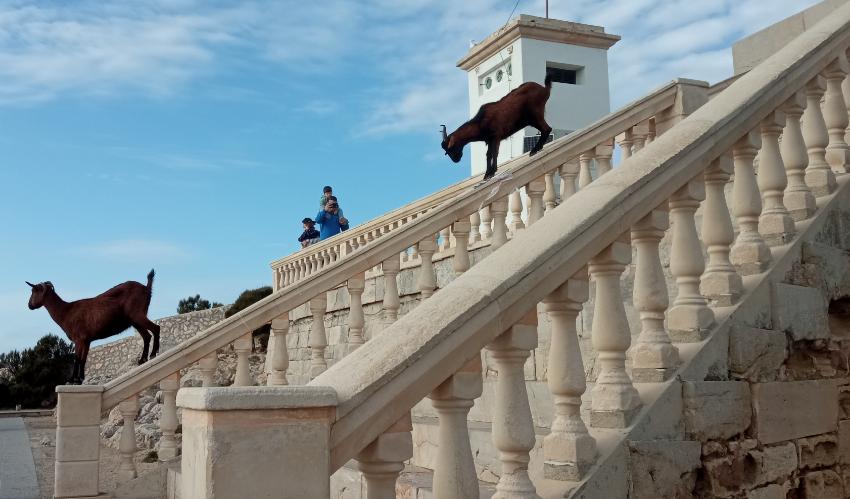
Location
The Formentor Lighthouse is located on Cape Formentor, the northernmost point of Mallorca, within the municipality of Pollença. The cape is part of the Serra de Tramuntana mountain range, a UNESCO World Heritage Site known for its dramatic landscapes and ecological significance.
The journey to the lighthouse is an adventure in itself. The road to Cape Formentor, known as the "Formentor Road" or "Carretera de Formentor," is a winding and narrow route that offers stunning views of the coastline and the surrounding mountains. The road stretches for approximately 13 kilometers from the Port de Pollença and is considered one of the most scenic drives in Mallorca.
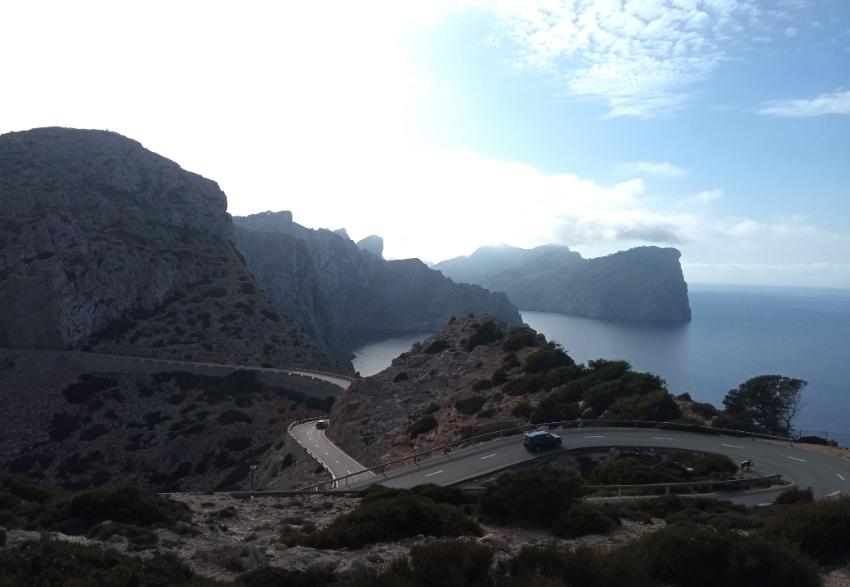
Parking Possibilities
Parking at the Formentor Lighthouse is limited due to its remote location and the narrowness of the road leading to it. There is a small parking area near the lighthouse, but it can fill up quickly, especially during peak tourist seasons. Visitors are advised to arrive early in the morning or later in the afternoon to secure a parking spot.
For those who prefer not to drive, there are organized tours and shuttle services available from Port de Pollença and Alcúdia. These tours often include guided commentary and stops at scenic viewpoints along the way.
Tickets
Access to the Formentor Lighthouse itself is free, as it is a functioning navigational aid and not a tourist attraction in the traditional sense. However, visitors should be aware that the interior of the lighthouse is not open to the public, as it is still an active facility managed by the Port Authority of the Balearic Islands.
If you choose to take a guided tour or shuttle service to the lighthouse, there may be a fee associated with the tour. Prices vary depending on the provider and the type of tour.
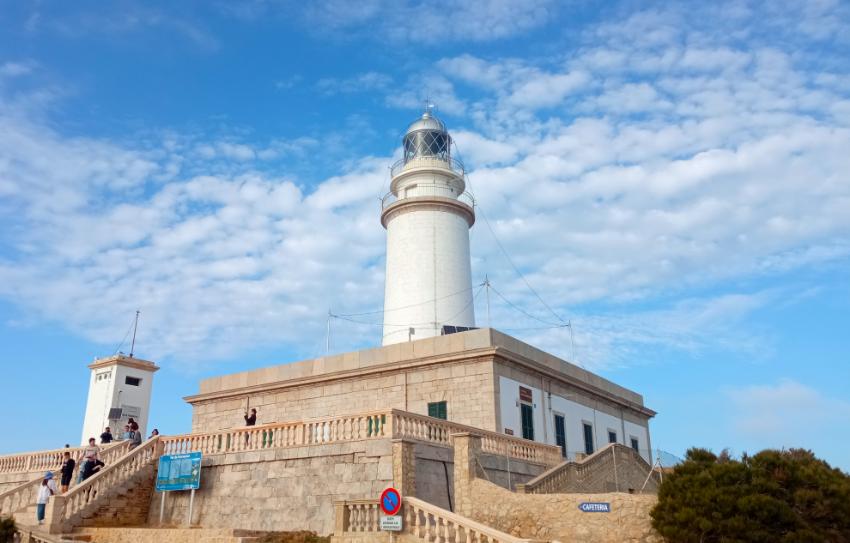
Tourist Service
While the Formentor Lighthouse is a remote destination, there are a few tourist services available to enhance your visit:
- Viewpoints: Along the road to the lighthouse, there are several designated viewpoints where visitors can stop to take photos and admire the stunning landscapes. The most famous of these is the Mirador del Mal Pas, which offers panoramic views of the coastline.
- Café and Restrooms: Near the lighthouse, there is a small café where visitors can purchase refreshments and snacks. Restrooms are also available for public use.
- Guided Tours: Several companies offer guided tours to Cape Formentor, which often include stops at the lighthouse, scenic viewpoints, and other points of interest in the area. These tours are a great way to learn more about the history and geology of the region.
- Hiking Trails: For the more adventurous, there are hiking trails that lead to the lighthouse from nearby areas. These trails offer a closer connection to the natural beauty of Cape Formentor but require a good level of fitness and proper hiking gear.
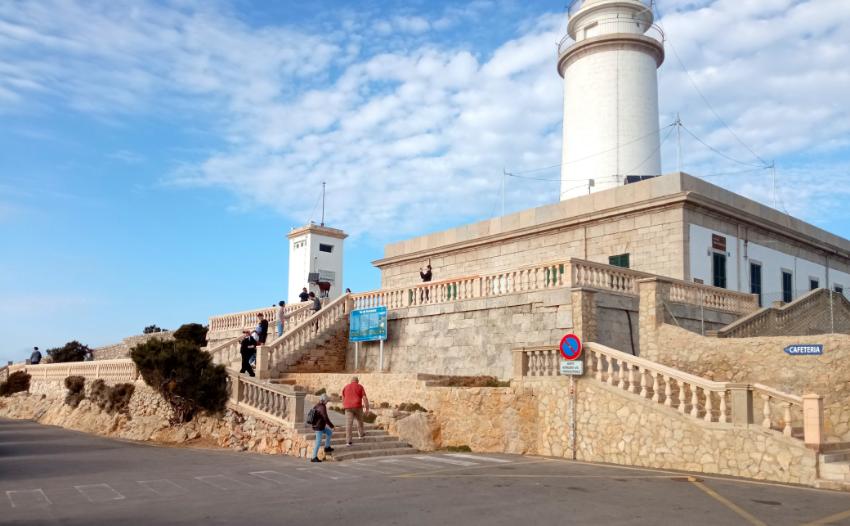
Tips for Visitors
- Plan Ahead: The road to the lighthouse is narrow and winding, so drive carefully and be prepared for sharp turns. If you’re not comfortable driving, consider taking a guided tour or shuttle service.
- Arrive Early or Late: To avoid crowds and secure parking, visit the lighthouse early in the morning or later in the afternoon. The light during these times is also ideal for photography.
- Dress Appropriately: The weather at Cape Formentor can be unpredictable, with strong winds and sudden changes in temperature. Wear layers and bring a windbreaker, even in summer.
- Respect the Environment: Cape Formentor is a protected natural area, so be mindful of your impact on the environment. Avoid littering and stay on designated paths.
- Check the Weather: Before heading to the lighthouse, check the weather forecast. Fog and low visibility can sometimes obscure the views, especially in the early morning or late evening.
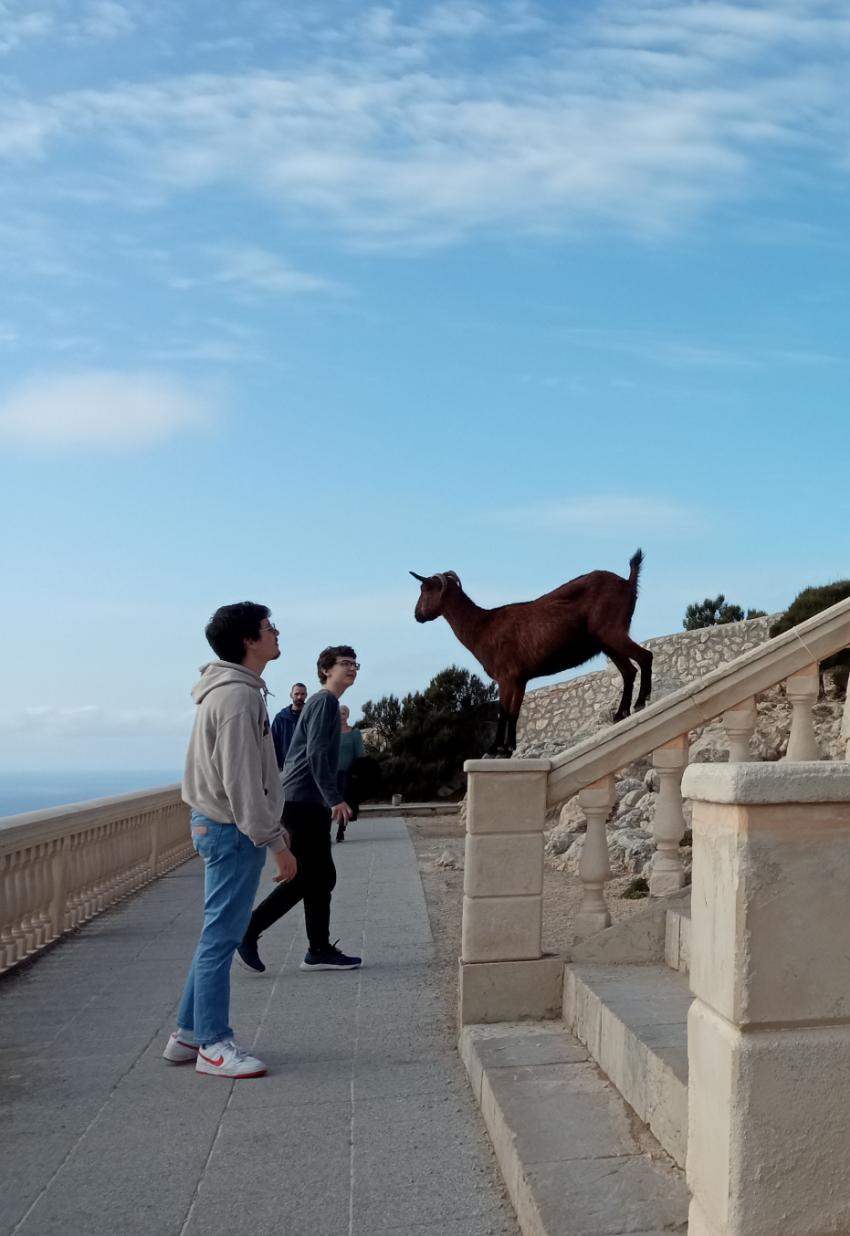
Geology of Cape Formentor
Cape Formentor is a geological marvel, characterized by its steep cliffs, rugged terrain, and unique rock formations. The cape is composed primarily of limestone, a sedimentary rock that was formed millions of years ago from the accumulation of marine organisms. Over time, tectonic activity and erosion shaped the landscape into the dramatic cliffs and valleys we see today.
The limestone cliffs of Cape Formentor are also home to several sea caves and natural arches, which have been carved out by the relentless action of the waves. These geological features add to the area’s natural beauty and provide a habitat for a variety of marine and bird species.
Origin of the Wild Goats
One of the most fascinating aspects of Cape Formentor is its population of wild goats. These agile and hardy animals are descendants of domestic goats that were brought to the island by early settlers. Over time, some of these goats escaped or were released into the wild, where they adapted to the rugged terrain and harsh conditions of the Tramuntana Mountains.
The wild goats of Cape Formentor are now a symbol of the area’s untamed beauty. Visitors may spot them grazing on the cliffs or navigating the steep slopes with ease. While they are generally shy and avoid human contact, it’s important to observe them from a distance and not attempt to feed or approach them.
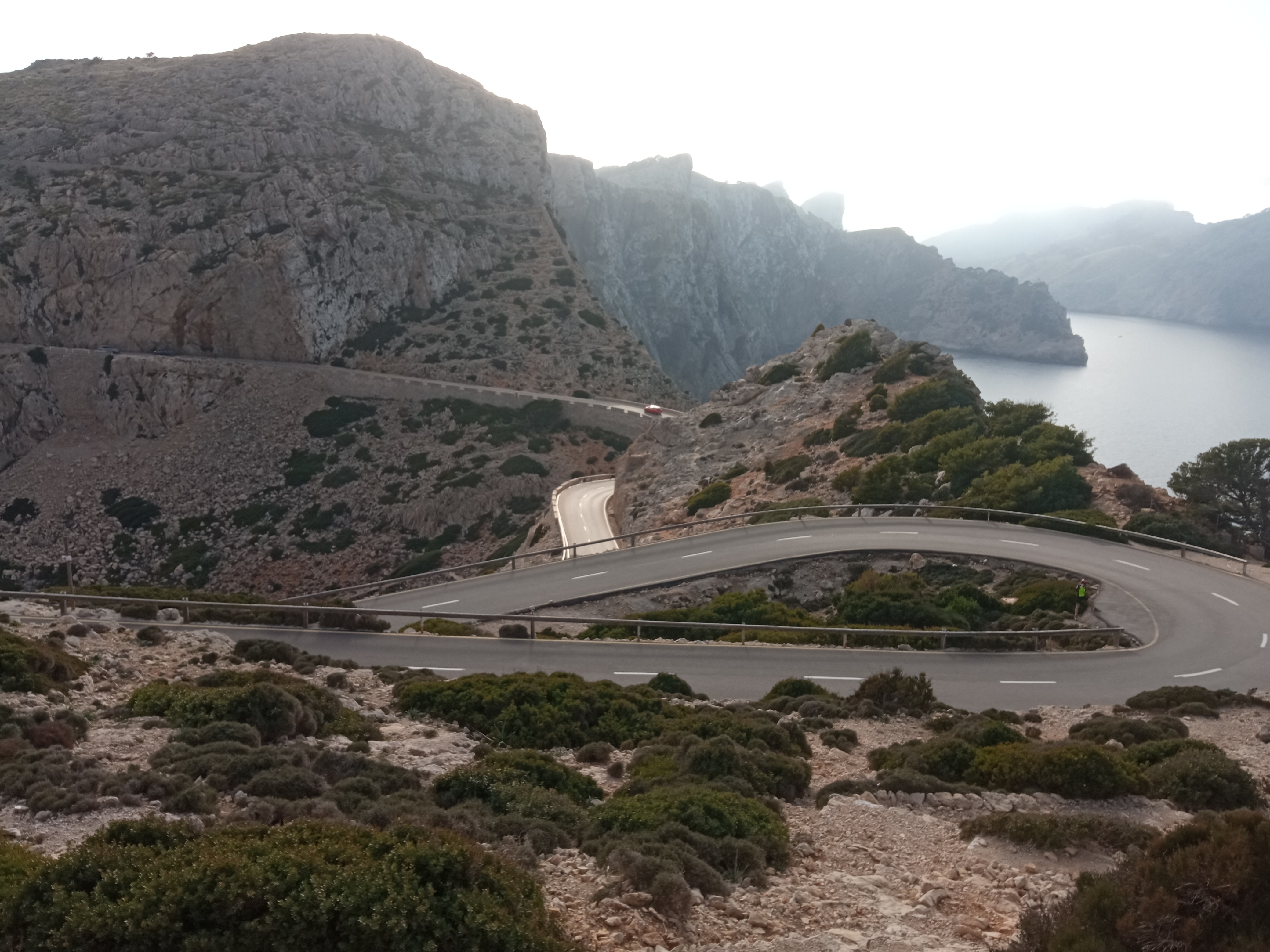
Curiosities and Interesting Facts
- The "Meeting of the Winds": Cape Formentor is known as the "Meeting of the Winds" due to the strong and unpredictable winds that converge at this point. These winds have shaped the landscape and created a unique microclimate.
- Literary Inspiration: The beauty and isolation of Cape Formentor have inspired many writers and artists over the years. The Argentine writer Jorge Luis Borges mentioned the lighthouse in his works, describing it as a place of solitude and reflection.
- Maritime Significance: The Formentor Lighthouse has played a crucial role in maritime navigation for over 150 years. Its light can be seen from a distance of up to 24 nautical miles, guiding ships safely through the treacherous waters of the Mediterranean.
- Military History: During the Spanish Civil War, Cape Formentor was used as a lookout point and defensive position. Remnants of military installations can still be seen in the area.
- Flora and Fauna: The cape is home to a variety of plant and animal species, many of which are endemic to the Balearic Islands. The area is particularly known for its seabird colonies, including the Balearic shearwater and the Eleonora’s falcon.
Conclusion
The Formentor Lighthouse is a must-visit destination for anyone traveling to Mallorca. Its dramatic location, rich history, and stunning natural beauty make it a truly unforgettable experience. Whether you’re driving along the scenic Formentor Road, hiking through the rugged terrain, or simply soaking in the views from the lighthouse, Cape Formentor offers a unique glimpse into the wild and untamed side of Mallorca. So, pack your camera, lace up your hiking boots, and get ready to explore one of the island’s most iconic landmarks.














